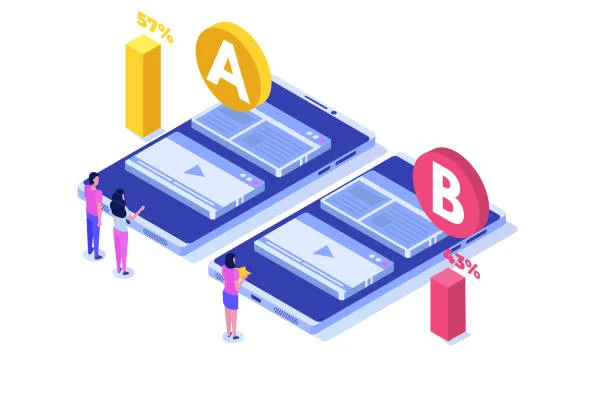A/B testing is an incredibly valuable tool in digital marketing—if executed correctly. It enables companies to refine landing pages, emails, and ads by comparing two options and determining which one performs better. But what can be done when your A/B test goes awry?
Sometimes, the data lies. Or rather, misinterpretation, flawed setups, or external factors skew the results, leading to poor decisions. If you’ve ever run an A/B test that backfired, you’re not alone. Let’s explore why A/B tests fail and how to fix them.
Common Reasons A/B Tests Go Wrong
1. Testing Too Many Variables at Once
Testing multiple variables (such as headlines, images, and CTA buttons) in one test will make it unfeasible to identify what has resulted in the variation in performance. Test each variable individually at all times to gain clear information.

2. Inadequate Sample Size
If your test is not being run for an adequate amount of time or receiving sufficient traffic, the results won’t be statistically significant. Use tools such as sample size calculators to get the appropriate amount of time and audience size.
3. Omission of Outside Variables
Did your test fall during a significant holiday, Google algorithm change, or technical issue? Outside influences may skew results. Always investigate outliers before reaching conclusions.
4. Misinterpreting Statistical Significance
An insignificant conversion improvement is not necessarily a champion. Verify your results are statistically significant (typically 95% confidence level or higher) before implementing changes that stick.

5. Testing the Wrong Things
A/B testing a small button color variation won’t be important if your landing page messaging is poor. Prioritize high-leverage items such as headlines, value propositions, and lead forms.
How to Rectify a Failed A/B Test
1. Review Your Hypothesis
Was your test driven by a solid hypothesis, or was it an arbitrary change? Begin with user behavior insight (heatmaps, surveys, or session recordings) to inform your tests.
2. Segment Your Data
Rather than considering overall performance, segment data by traffic source, device, or user demographics. A losing variation may win with a particular audience.

3. Run a Follow-Up Test
If results are ambiguous, tighten up your test and repeat it. Occasionally, seasonal trends or user behavior changes necessitate multiple rounds of testing.
4. Combine Qualitative & Quantitative Data
Numbers do not always speak for themselves. Use heatmaps, user feedback, and survey data to determine why a variation did not perform as well.
5. Document & Learn from Failures
Each failed test is an opportunity to learn. Document what went wrong and modify future tests based on that.
Final Thoughts
A/B testing is a science, but it’s not infallible. Misconceived configurations, hasty conclusions, and outside influences can produce deceptive data. By embracing best practices—testing one thing at a time, maintaining statistical significance, and marrying quantitative and qualitative findings—you can sidestep expensive errors and make informed decisions that truly drive your business forward.
At 7th Growth, we assist companies in maximizing their marketing efforts through data-driven insights. If your A/B tests continue to send you around in circles, call us for expert advice.





